
Edward Kennedy F.S. II.240 (Unique trial proof)
Andy Warhol
Print - 101 x 81 x 2 cm Print - 39.8 x 31.9 x 0.8 inch
$35,000
Born on August 6, 1928, in Pittsburgh, Pennsylvania, Andy Warhol (whose real name was Andrew Warhola) started his career as an ad illustrator. He was the son of Czech immigrants and began studying design in 1945 at the Carnegie Institute of Technology in Pittsburgh, where he discovered advertising. He worked for magazines such as Glamour, Vogue, The New Yorker, and Harper's Bazaar. An eccentric socialite, Andy Warhol revolutionized contemporary art. A leading figure of pop art, he was one of the first artists to understand the importance of images in consumer society.
Warhol ventured into a wide variety of art forms, including performance art, photography, filmmaking, video installations, and writing, and controversially blurred the lines between fine art and mainstream aesthetics. Warhol died on February 22, 1987, in New York City.
More than twenty years after his death, Andy Warhol remains one of the most influential figures in contemporary art and culture. Warhol's life and work have inspired creative thinkers worldwide thanks to his enduring imagery, his artfully cultivated celebrity, and the ongoing research of dedicated scholars. His impact as an artist is far greater than his one perceptive observation that “everyone in the future will be famous for fifteen minutes". His intense curiosity resulted in an enormous body of work that spanned every available medium and most importantly contributed to the collapse of boundaries between high and low culture.
The artist moved to New York in 1949 and soon became a successful advertising artist. In the mid-1950s, the artist began making his shoe drawings, which are meant to represent typical features of famous personalities. In 1959 he designed wrapping paper alongside Nathan Gluck, which was printed with hand-made stamps. Warhol began making his comic-strip figures, such as Batman, Dick Tracy, and Superman at the beginning of the 1960s. His first portraits of Elvis quickly followed, which inspired the many paintings of Marilyn Monroe. His other works that equate to American consumption are "Disaster", "Do it Yourself", and the Campbell's soup cans.
These silkscreen prints were exhibited in 1962 in the New York Stable Gallery and soon led to the artist's rise to fame. The superficial consumer world became the artistic motto of Warhol and his assistants, who worked and lived together in the "Factory", Warhol's studio. This was where he produced his series covering the entire range of every-day-life and triviality, such as Coca Cola bottles and Dollar notes.
In the late 1960s, Warhol began to concentrate on film, theatre, and multimedia happenings with the band "The Velvet Underground". For Warhol, this experimentation was merely an extension of painting. He also founded the journal "Interview". Warhol survived an attempted assassination by Valerie Solanas in 1968 where he was shot and severely wounded. Warhol returned to painting mediums in the 1970s and collaborated with Jean-Michel Basquiat and Francesco Clemente and produced the TV program "Andy Warhol Television". Warhol is considered one of the most important members of Pop Art for radically changing the perception of art and aesthetics with his works by varying the idea of Pop in his artistic work.
By abandoning the claim for originality and creativity; "series instead of individuality" was Warhol's motto. He was a source of inspiration in the development of future art. During his last years, Warhol supported other artists like Keith Haring and Robert Mapplethorpe. After his death, his hometown Pittsburgh in Pennsylvania opened the 'Andy Warhol Museum' in his honor.

Print - 101 x 81 x 2 cm Print - 39.8 x 31.9 x 0.8 inch
$35,000

Design - 80.5 x 20.5 x 1.2 cm Design - 31.7 x 8.1 x 0.5 inch
$666

Print - 54.61 x 77.47 x 2.54 cm Print - 21.5 x 30.5 x 1 inch
$84,997

Print - 152.4 x 111.8 x 5.1 cm Print - 60 x 44 x 2 inch
$90,000

Print - 110.5 x 73 x 1.5 cm Print - 43.5 x 28.7 x 0.6 inch
$32,500

Design - 80.5 x 20.5 x 1.2 cm Design - 31.7 x 8.1 x 0.5 inch
$610

Design - 80.5 x 20.5 x 1.2 cm Design - 31.7 x 8.1 x 0.5 inch
$610

Design - 80.5 x 20.5 x 1.2 cm Design - 31.7 x 8.1 x 0.5 inch
$666

Design - 80.5 x 20.5 x 1.2 cm Design - 31.7 x 8.1 x 0.5 inch
$666

Design - 80.5 x 20.5 x 1.2 cm Design - 31.7 x 8.1 x 0.5 inch
$610


Print - 99.7 x 99.7 cm Print - 39.25 x 39.25 inch
$100,000

Design - 80.5 x 20.5 x 1.2 cm Design - 31.7 x 8.1 x 0.5 inch
$244

Design - 80.5 x 20.5 x 1.2 cm Design - 31.7 x 8.1 x 0.5 inch
$11,100

Design - 80.5 x 20.5 x 1.2 cm Design - 31.7 x 8.1 x 0.5 inch
$244

Design - 80.5 x 20.5 x 1.2 cm Design - 31.7 x 8.1 x 0.5 inch
$244

Design - 80.5 x 20.5 x 1.2 cm Design - 31.7 x 8.1 x 0.5 inch
$244

Design - 80.5 x 20.5 x 1.2 cm Design - 31.7 x 8.1 x 0.5 inch
$244

Design - 80.5 x 20.5 x 1.2 cm Design - 31.7 x 8.1 x 0.5 inch
$244

Print - 91.4 x 91.4 x 2.5 cm Print - 36 x 36 x 1 inch
Price upon request
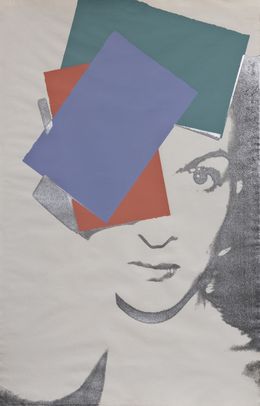


Print - 104.1 x 81.3 cm Print - 41 x 32 inch
Sold

Design - 80 x 60 x 2 cm Design - 31.5 x 23.6 x 0.8 inch
Sold


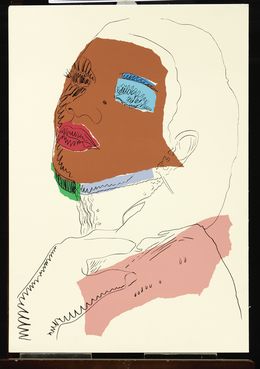
Print - 94.5 x 64.6 x 0.1 cm Print - 37.2 x 25.4 x 0 inch
Sold


Print - 63 x 80 x 7 cm Print - 24.8 x 31.5 x 2.8 inch
Sold
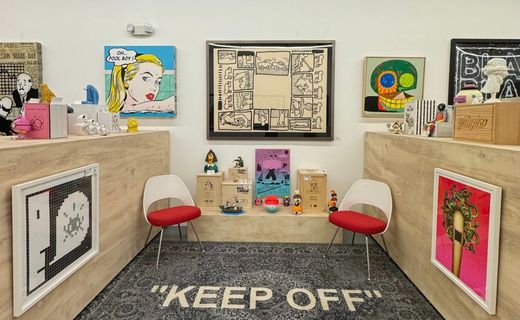
Blah Blah Blah
From March 1, 2024 to March 31, 2024

Cozy Up
From January 30, 2024 to February 27, 2024

Art Weekend Nuremberg 13. - 15. October 2023 | Frank fluegel galerie
From October 10, 2023 to October 12, 2023
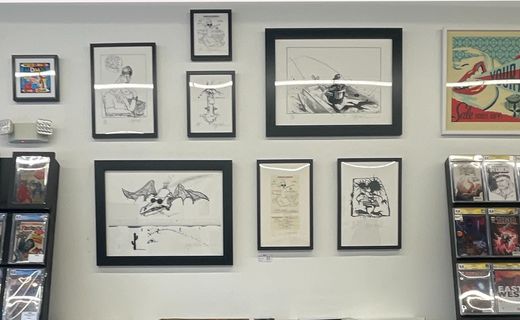
Sizzlin' Summer Exhibit
From July 17, 2023 to August 30, 2023

End to End Gallery at Artexpo Dallas 2022
From September 9, 2022 to September 15, 2022

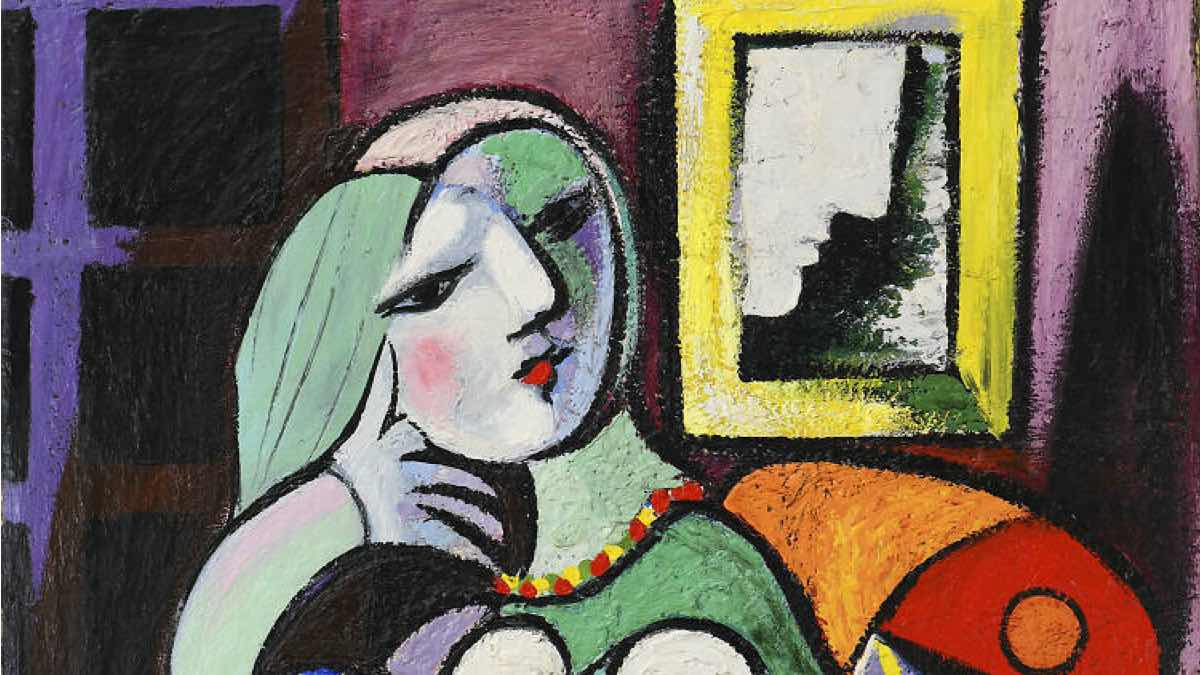


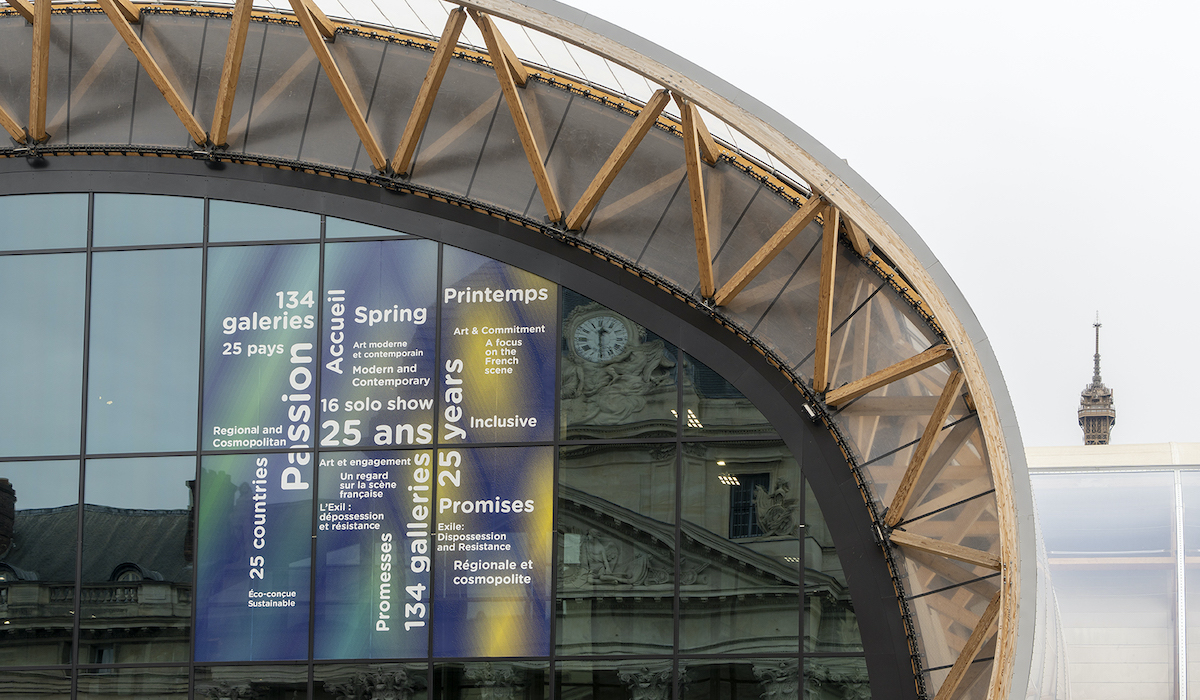
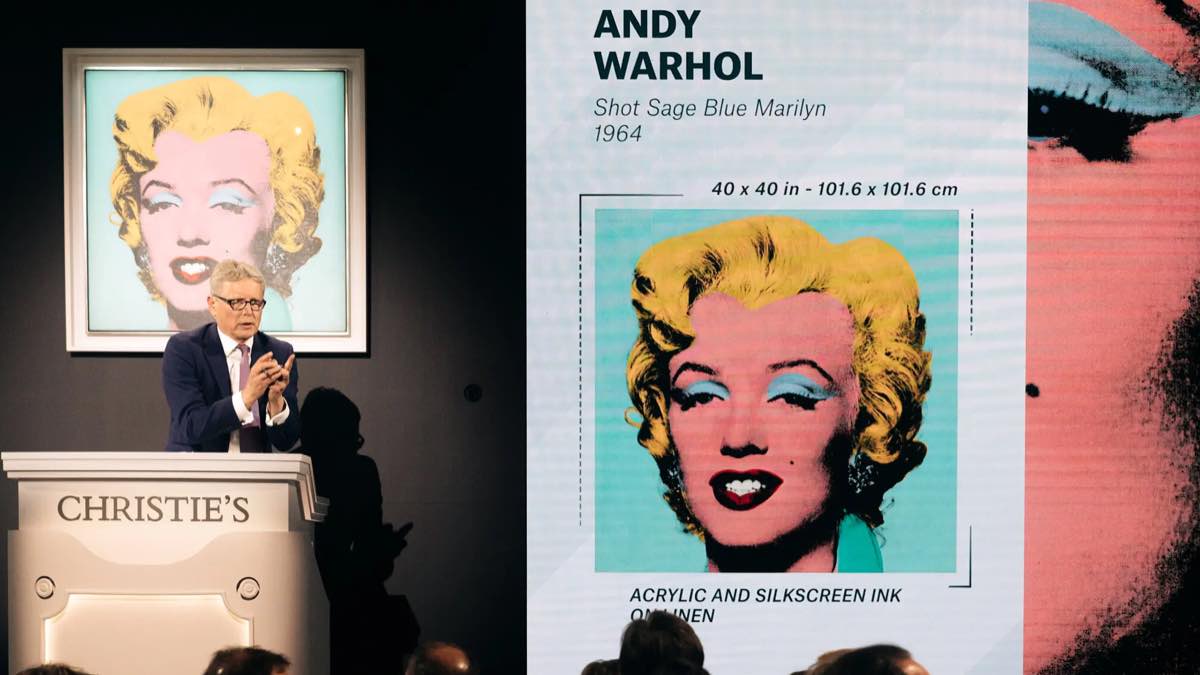




What are their 3 main works?
What is Andy Warhol’s artistic movement?
When was Andy Warhol born?